Bedroom looking dull and dingy? Living room too bright to relax in? We’ve all been there. If the colour just doesn't feel right, the answer might well lie in the orientation of your room.
You may have heard that you should use different tones in west-facing rooms to east-facing ones, but why? Well, here’s the science bit! Picture Earth from space, spinning on its axis through the day. As the planet turns, the light from the sun lands differently across its surface – from a soft blue in the morning to golden yellow in the evening. Once you picture this, and you’ll understand why finding the perfect white for a north-facing room can be so tricky.
But that’s enough physics! There are some simple rules to follow, and we’re going to explore how to use colour inside your home, unlocking the secrets that will help you bring out the very best in every room.
If you don’t know which direction your room faces, see if you have a compass app on your phone – many of them come with one pre-loaded. Stand at your window and hold your phone flat. The arrow which points straight out of the window will tell you which direction your room faces. Now let's get started!
Colours for a... north-facing room
Turn a gloomy space into a cosy cocoon with rich, warm shades
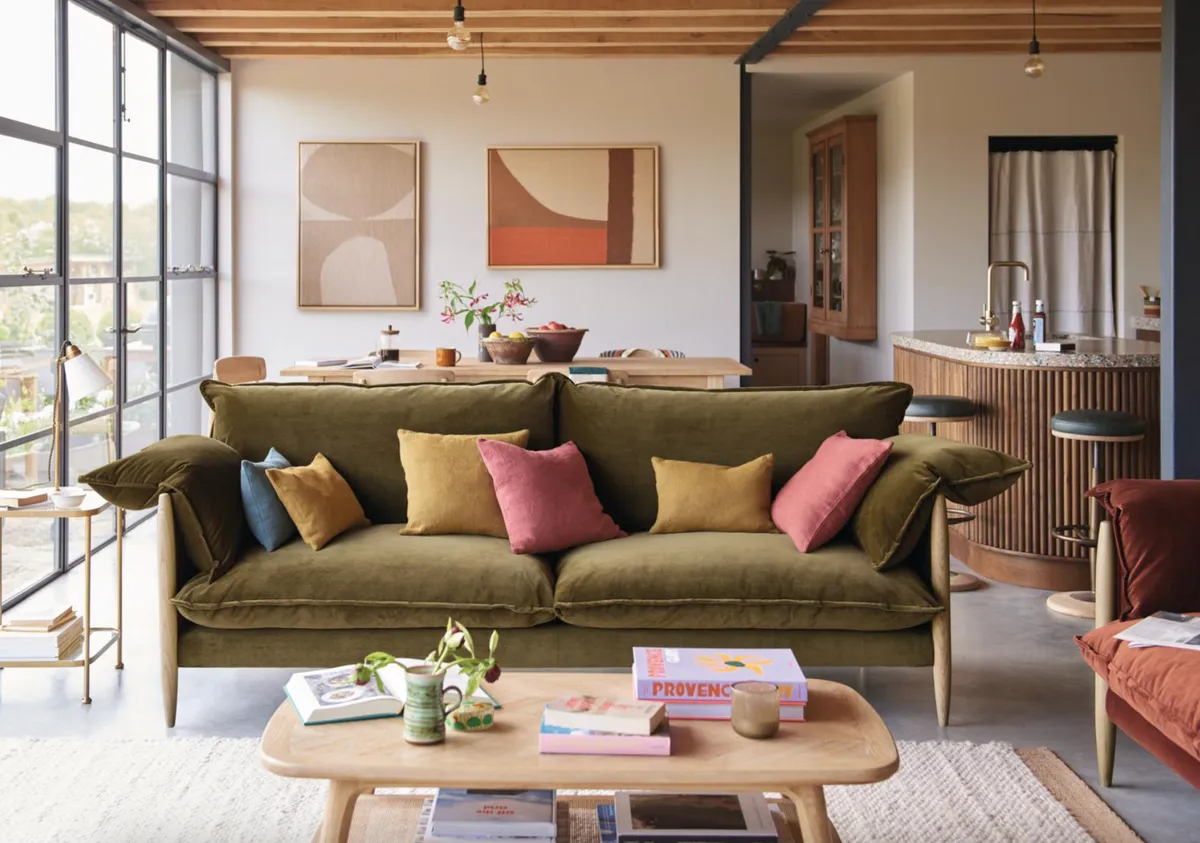
North-facing rooms get very little direct sunlight. They may receive small amounts in the morning and evening during high summer but, for most of the year, they’re in the shade.
The light in these rooms tends to be what we would describe as ‘cool’. This means that it’s quite blue in tone, which can make north-facing rooms look a little cold. Without the warmth of direct sunlight, these rooms can feel chilly, too. It might not sound like north-facing rooms have much going for them, but they actually make the best bedrooms. The temperature tends to stay consistent throughout the day so they’re easier to fall asleep in and, as they don’t get bright sunlight in the mornings, you’re less likely to wake up with the larks.
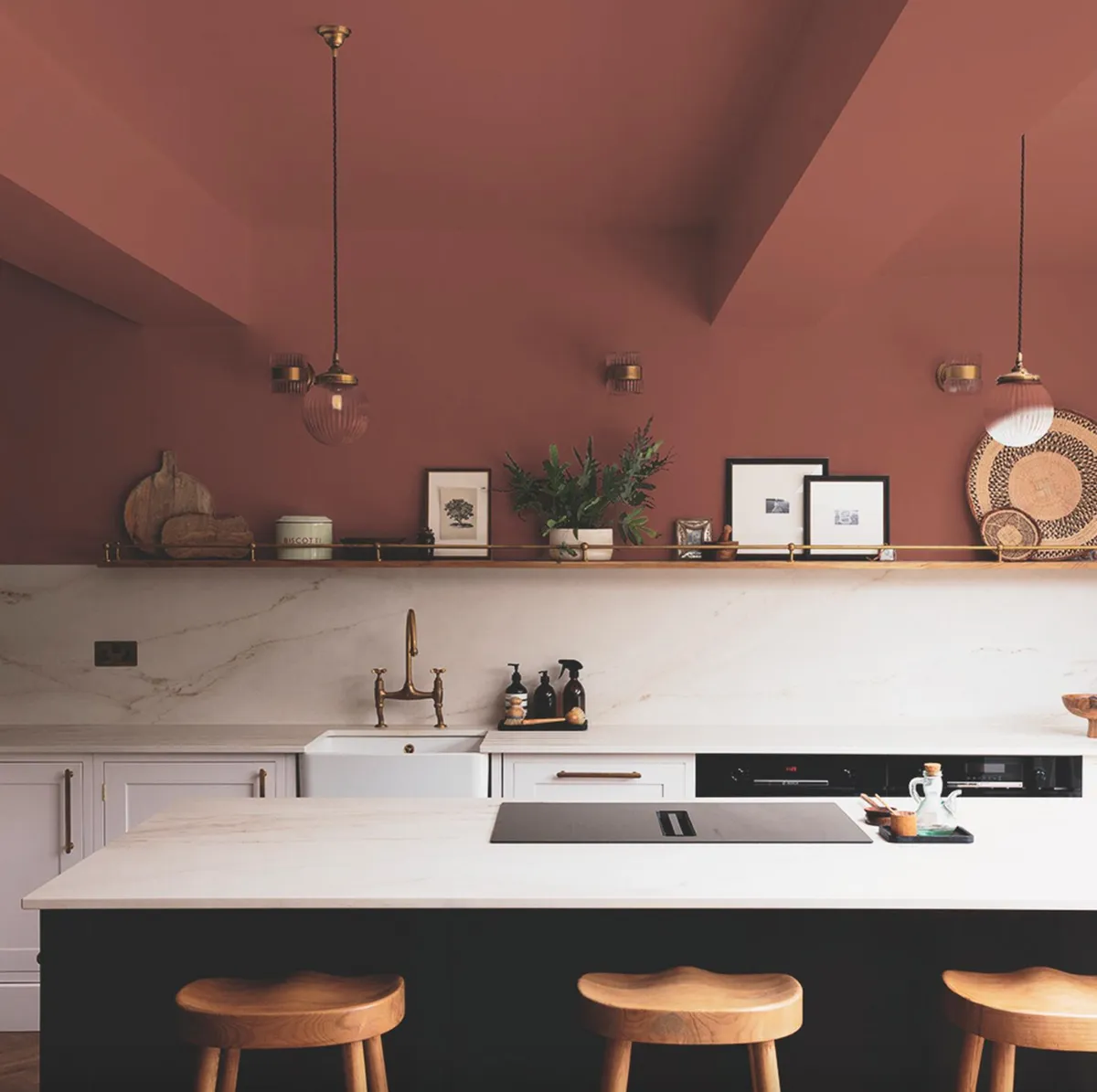
Combat the blue, shaded light in these rooms with colours that feel ‘warm’. These will have a pink, yellow or red undertone. This doesn’t mean you have to steer clear of blue and green altogether, just look out for olive greens and sky blues to keep the atmosphere cosy. While it’s possible to make these rooms feel a little brighter, it’s much more effective to lean into the darkness and decorate using deep colours to create enveloping, dramatic spaces.
Colours for a... south-facing room
Tone down the intense light in these sunny rooms with cool colours

If your space is sunny at midday, congratulations! You have a south-facing room. These rooms are arguably the easiest to decorate as you don’t have to do much to make them feel bright and airy. However, that doesn’t mean that they can handle everything. South-facing rooms can receive very strong light for extended periods of the day, which makes some shades feel too fierce.
Decorate these sunny spaces using cool shades with slightly grey undertones. These undertones will be balanced out by the sunlight, so they won’t feel dingy. Instead, the cool notes help to dampen down reflections and will make sure your space feels calm, even at midday.
When choosing your colours, bear in mind that the light in these rooms will have a slight yellow tint, so it will make colours seem more yellow. Balance out this effect by aiming for colours that look a little bluer than you’d like, and you’ll avoid disappointment when you bring them into your space.
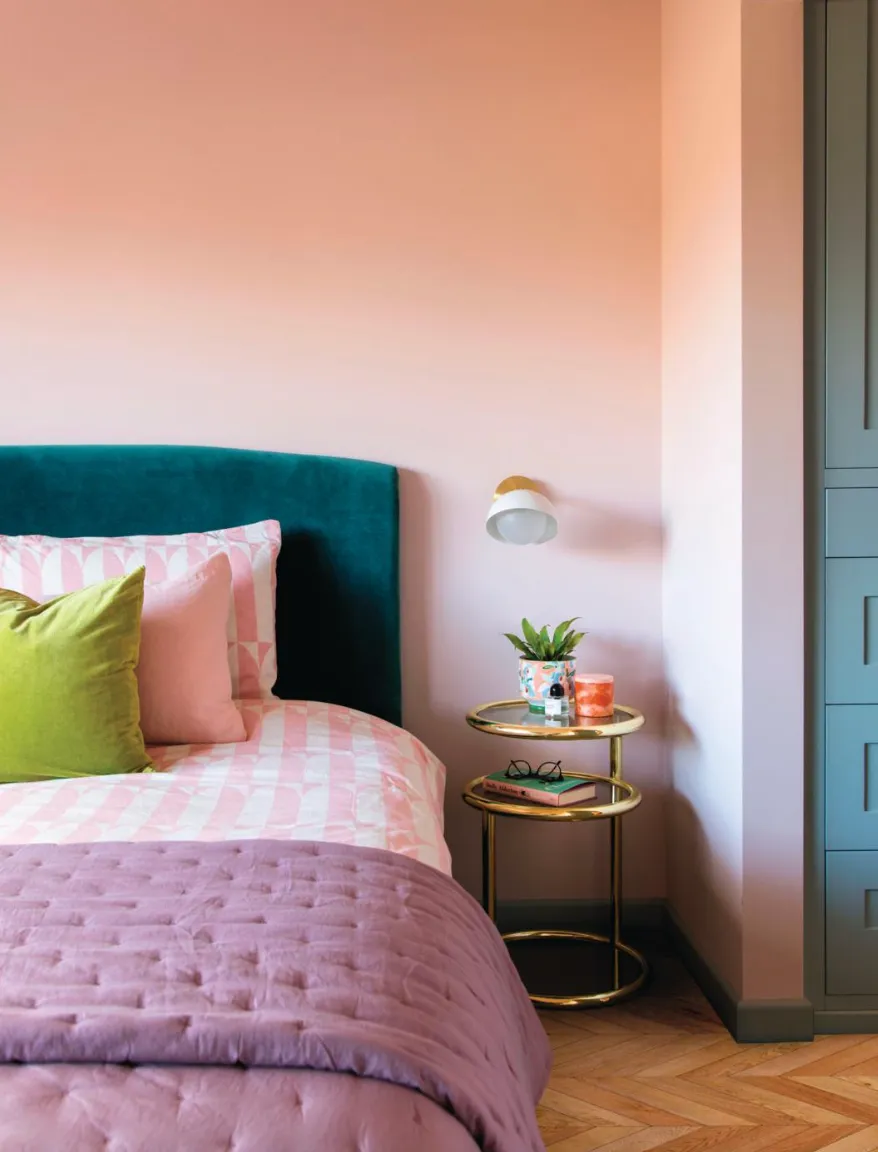
South-facing rooms make great kitchens and living rooms. They’re warm, welcoming and full of life. In order to enjoy the sunlight that streams into these spaces at all times of the day, avoid colours which will make the room feel too ‘hot’, like reds and yellows
Colours for an... east-facing room
Embrace the gentle morning light with soft, warm shades

East-facing rooms are filled with light in the morning, which slowly fades throughout the day. Morning light is slightly cool in tone, with a green or blue tint. These tints aren’t as strong as in north-facing rooms, so you won’t need to try so hard to warm up east-facing spaces, but it’s something to bear in mind when choosing your palette.
Pale and pastel tones with red or yellow undertones tend to work best in these rooms as they’ll even out the cooler notes in the light - most manufacturers will explain the undertones of each paint in the product description.
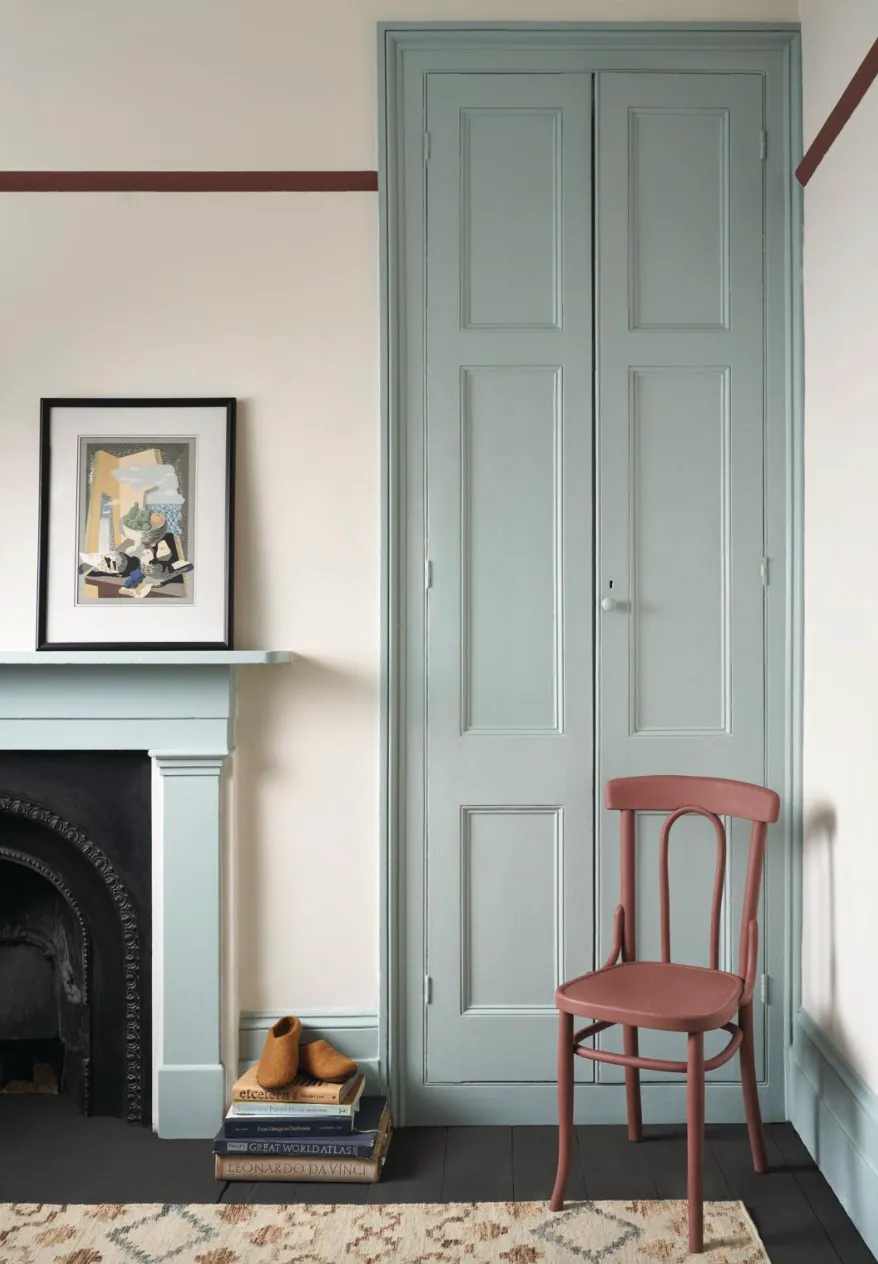
When choosing your colours, begin by thinking about what time of day you’re going to use the space. East-facing bedrooms are ideal if you struggle to get out of bed in the mornings as they’ll brighten as the sun rises, but this also means that strong yellow hues in these rooms can feel too strong. Opt for warm blues and greens, or beige-tinted whites instead. These colours will feel light and airy in the mornings and restful in the evening.
An east-facing room is a brilliant space for cosy living room. It will be shaded in the evening, creating a relaxed atmosphere which helps to make your lighting choices pop. Look for light beige and cream tones to use in these rooms, with a touch of coral or red to add warmth to the indirect evening light.
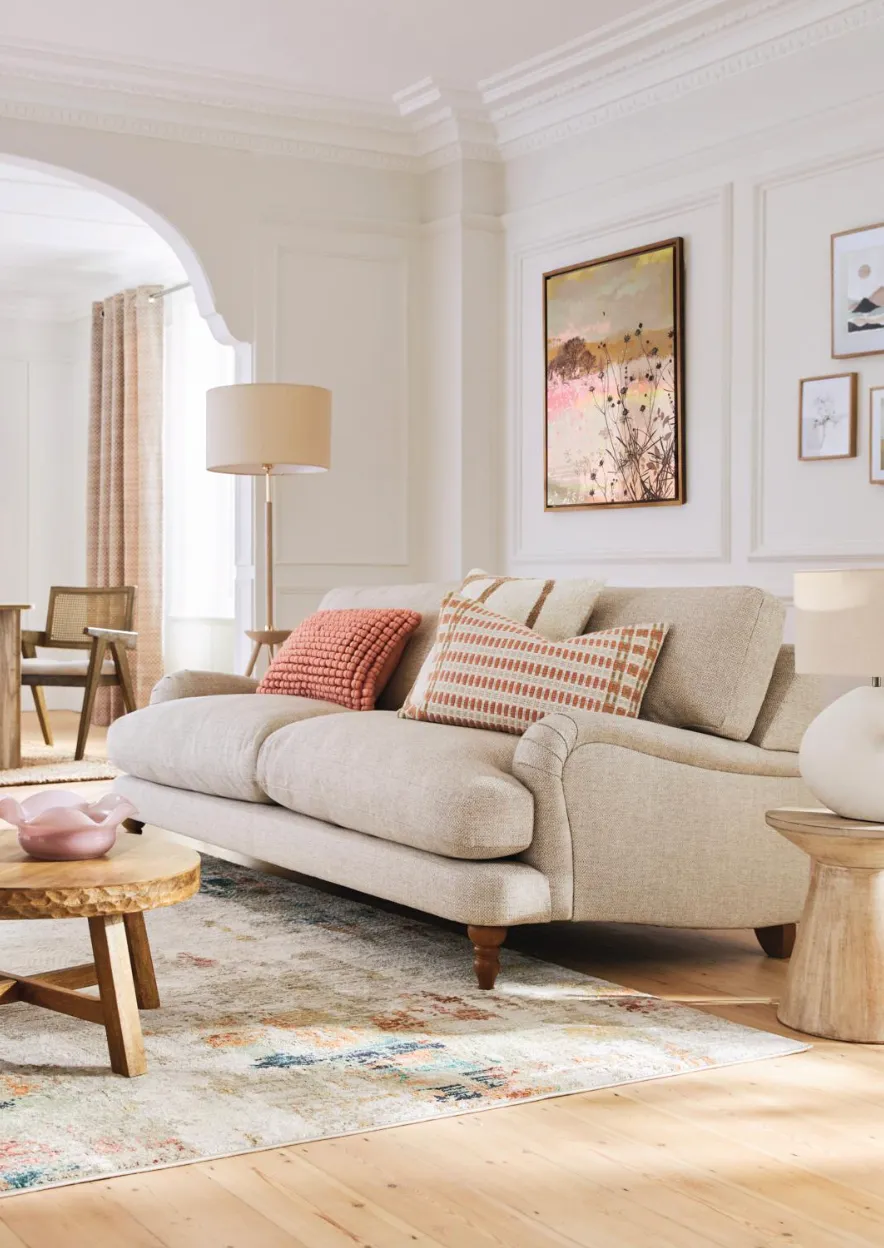
Colours for a... west-facing room
Treat yourself to a sundowner with bold tones
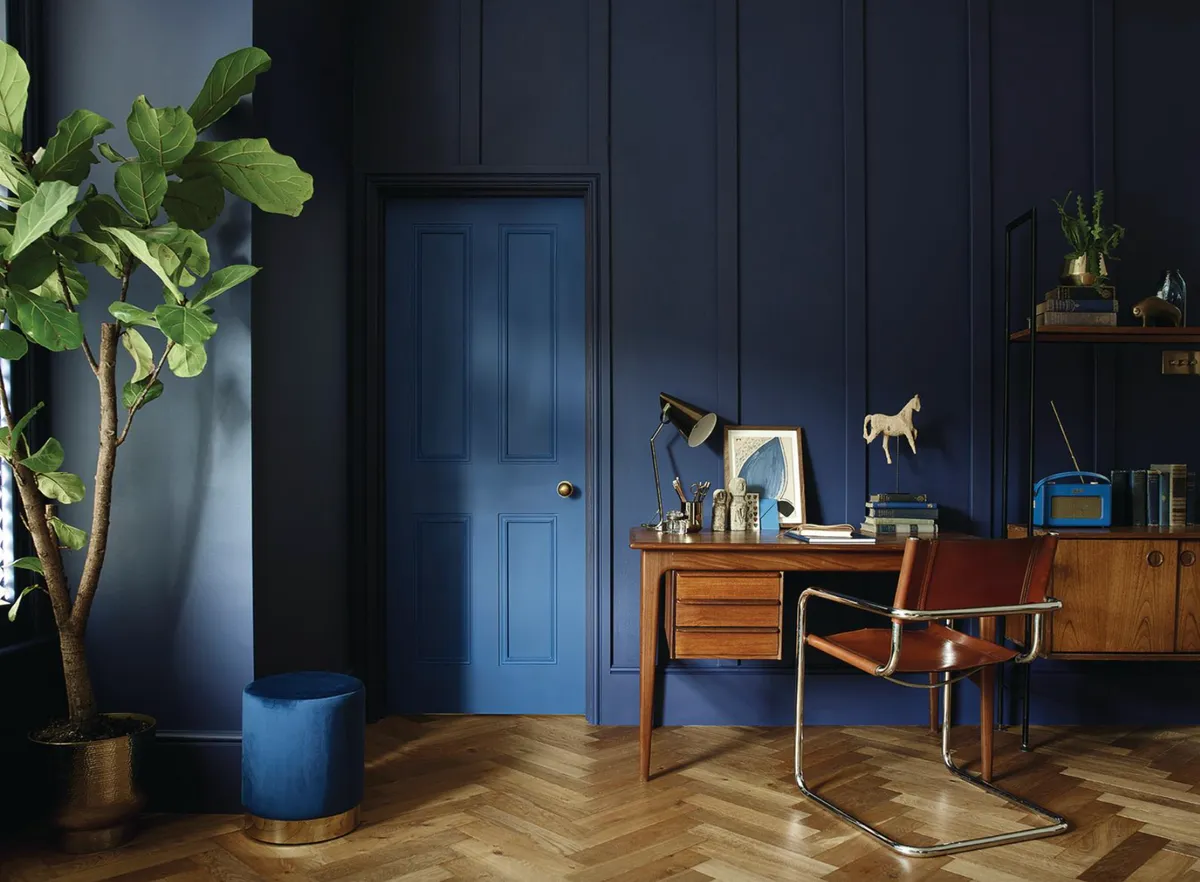
As in east-facing rooms, the light in west facing rooms changes dramatically through the day. These spaces are shaded in the morning and brighten into the evening. If you can see the sun setting from your room, it will be west facing.
Evening light tends to be quite ‘warm’ with rich, golden notes. This will make colours look more yellow than they first seem. You can even out this effect by decorating the rooms you use in the evenings using colours with blue undertones.
West-facing bedrooms require a little extra thought. Because the light in the mornings will be subdued, warm colours, like pink and yellow can add some much-needed get-up-and-go. But, in the evening, these hues will become much richer. You can choose to embrace that warmth and decorate using golden shades or tone down the effect for a soothing sleep, with blue and green.

Kitchens and dining rooms are energised by the rich afternoon light, making them brilliant spaces to socialise in at the end of the day. Cool-toned whites and greys will make these spaces feel fresh in the morning, before developing more warmth as the day goes on.
What about north-east, north-west, south-east and south-west facing rooms?
Homes are rarely perfectly oriented around a compass, so for rooms that sit between two points, like a north-west facing bedroom, you'll need to adjust these golden rules slightly. First, identify the closest compass point - the advice for this direction should be your primary source of guidance, but incorporate elements from the secondary direction when choosing your colour palette, too, to ensure you opt for a shade that works for both.
Feeling inspired? Check out our room colour schemes for ideas on pairing shades with spaces, from cream kitchens to blue bedrooms. And why not explore Dulux colour expert Marianne Shillingford's tips for creating a colour palette?